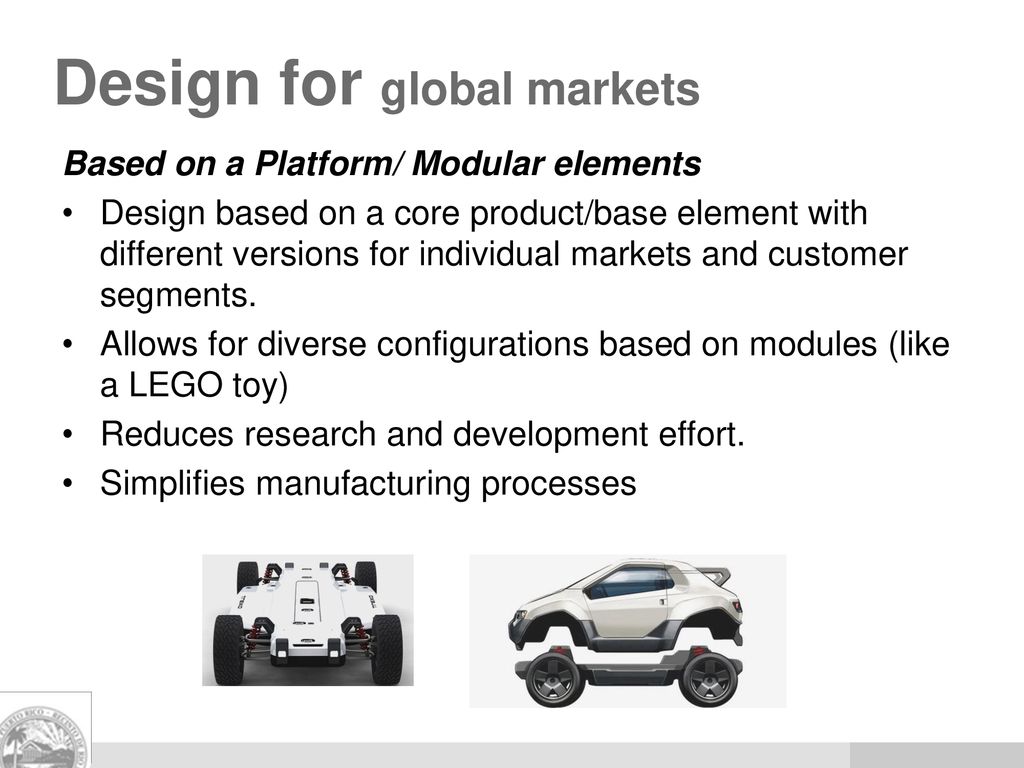Starting with Concept to Consumer: Our Worldwide Goods Life Cycle Edge

In our modern interconnected world, the path of a product from idea to end-user has moved beyond geographical limits. The advent of global product design and manufacturing has revolutionized how companies handle the development and delivery of their offerings. By using diverse expertise and resources across different regions, businesses can improve their product quality but also hasten their time for release. This international outlook allows for creative solutions that cater to a wide array of customer needs while optimizing costs and efficiency.
The advantages of global product manufacturing are considerable. Companies can access expertise and technologies that exist in numerous areas of the world, ensuring that each aspect of the product development cycle is carried out precisely. Additionally, this strategy fosters partnership among multicultural teams, leading to enhanced creativity and new ideas. As organizations accept this global mindset, they are in a stronger position to meet the demands of an ever-evolving marketplace, making the concept of a global product lifecycle an essential strategy for success.
Grasping the Global Product Life Cycle
The international product life cycle covers each phase of a good's journey, from first concept and planning through to creation, supply, promotion, and eventual downturn. This lifecycle is influenced by worldwide patterns, consumer preferences, and advancements in technological innovation, leading to a more joined approach to merchandise development. By acknowledging each stage of the life span, firms can improve match their tactics with industry requirements, assuring they stay in the race in an constantly evolving landscape.
In the development phase, worldwide understanding allows firms to tap into different segments, understanding distinct client needs and tastes. This leads to merchandise that are not only groundbreaking but also socially appropriate. When development groups integrate worldwide outlooks, they can create offerings that attract to a wider market, enhancing the chances of achievement upon introduction. Diverse development approaches encourage a sense of relationship with customers while promoting product fidelity.
Production worldwide permits firms to improve creation methods, often reducing costs and lead times. By making use of international resources, companies can access expert expertise and materials that are not available nearby. This tactical advantage allows businesses to improve efficiency and growth potential. Moreover, a worldwide approach to production allows swift replies to market shifts, assuring that merchandise get to clients while they are still in demand and currently demand.
Strategies for Effective Global Manufacturing
Streamlined global manufacturing begins with a deep understanding of the market and consumer needs across diverse regions. Companies should invest in market research to identify local preferences and trends, allowing them to tailor their products to fulfill specific demands. By adopting a client-oriented approach, manufacturers can enhance their relevance and appeal in multiple markets, leading to increased sales and brand loyalty.

Another key strategy is the creation of effective supply chain management practices. This involves selecting the right set of suppliers and partners that can deliver high-quality materials and components at competitive prices. By utilizing technology such as instant data analytics and inventory management systems, manufacturers can streamline operations, reduce lead times, and respond swiftly to market changes. This flexibility is crucial for maintaining a advantageous edge in a rapidly evolving global market.
Partnership and interaction across different geographical locations are also vital. Implementing cohesive communication platforms ensures that teams can share insights and progress smoothly, regardless of their physical locations. Encouraging a culture of collaboration fosters innovation and allows for the sharing of effective strategies. By leveraging diverse perspectives, companies can constantly refine their processes and improve product quality, ultimately driving success in the global marketplace.
Impact of Globalization on Product Development
The phenomenon of globalization has changed the way goods are developed, enabling organizations to utilize diverse markets and resources worldwide. This enlarges the talent pool, providing access to innovative design capabilities and expert manufacturing expertise. By collaborating with groups across multiple regions, businesses can harness varied perspectives that boost creativity and enhance product functionality. Such collaboration ensures that products are not only appealing in their home regions but also resonate with consumers worldwide.
In addition to fostering innovation, global product manufacturing allows for cost optimization. By capitalizing on different regions for production, companies can take advantage of lower workforce costs and materials, significantly minimizing overall expenses. Delegating manufacturing to nations with established production facilities can result in more rapid turnaround times and increased adaptability in production schedules. This strategic decision can lead to greater efficiency and competitiveness in the business environment, enabling businesses to respond swiftly to changing consumer needs.
Moreover, globalization facilitates a more comprehensive understanding of various markets, which is crucial for successful product development. With manufacturers outside of china drawn from regional markets, businesses can tailor their products to meet particular cultural preferences and needs. This localization not only boosts consumer satisfaction but also reinforces brand loyalty across different regions. As a result, companies that adopt globalization in their product development methods are well-prepared to succeed in an increasingly interconnected world.
